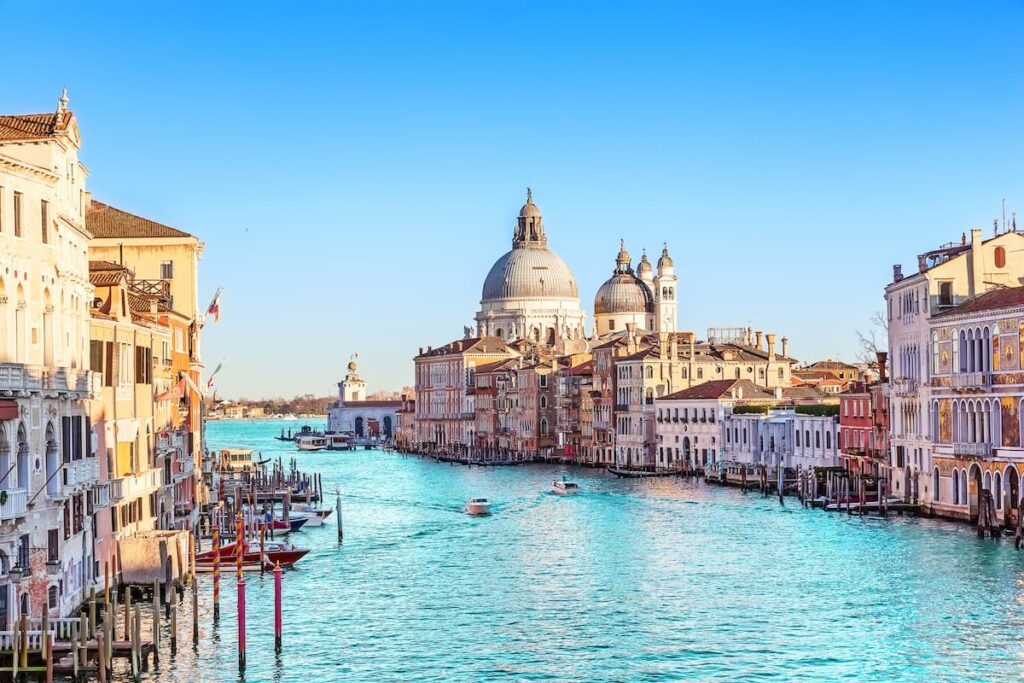A Radical Proposal to Save the “Floating City”
Venice, famously known as the “floating city,” is under increasing threat from rising sea levels and gradual subsidence. Over the past century, the city has sunk approximately 25 centimeters, while the sea level has risen nearly a foot. Now, a radical new proposal seeks to lift Venice itself, offering a temporary reprieve from the waters that threaten its existence.
Pietro Teatini, associate professor at the University of Padua, has suggested a daring plan: injecting water deep beneath Venice to elevate the city by around 30 centimeters. While the Italian government continues to invest millions into flood barriers like the MOSE system, Teatini’s approach could offer Venice an additional 50 years of protection, buying valuable time to develop a permanent solution.
Teatini’s strategy involves pumping water into deep underground aquifers, creating a stable uplift of the city. He insists the method is safe, designed to avoid the risks associated with high-pressure injection practices like fracking. Instead, gradual water injection would ensure a smooth, uniform rise across Venice and its surrounding lagoon.
Engineering Against Time
Efforts to defend Venice from the sea are not new. Over centuries, the Venetian Republic managed its lagoon with remarkable ingenuity, rerouting rivers and carving new canals. However, the 20th century marked a turning point. Industrial activities in nearby Marghera caused massive subsidence by extracting groundwater, contributing to the city’s current fragility.
Today, Venice relies on the MOSE flood barriers, designed to protect against exceptionally high tides. Initially envisioned to be used sparingly, MOSE has been deployed around 100 times since 2020, far beyond original projections. Each activation blocks the natural tidal flow, risking long-term damage to the lagoon’s delicate ecosystem.
Meanwhile, Venice continues to sink by about two millimeters annually, while the sea level rises five millimeters each year. Against this backdrop, Teatini’s project offers a potential lifeline. By raising the city uniformly through a network of deep wells around the lagoon, he hopes to provide Venice with critical breathing space while a more permanent solution is devised.
A Controlled Rise, Not Without Challenges
Teatini’s plan draws inspiration from northern Italy’s Po Valley, where seasonal gas storage has been observed to cause land to rise and fall predictably. By carefully injecting saline water into deep aquifers—600 to 1,000 meters below the surface—Venice could be lifted without destabilizing its historic structures.
The proposed project would involve drilling around a dozen wells within a 10-kilometer radius around the city, staying entirely within the lagoon. Early tests would first be conducted in less critical areas to confirm the technique’s safety, costing an estimated 30 to 40 million euros.
Despite skepticism from some experts, Teatini maintains that the plan is based on sound geomechanical principles. Critics warn that improper water injection could cause fractures or destabilize the foundations, but Teatini emphasizes that the low-pressure method minimizes such risks. Moreover, he notes that without immediate action, Venice’s fate may be sealed within decades as climate change accelerates.
Venice’s Future at a Crossroads
Saving Venice will not be cheap. MOSE itself has cost around six billion euros so far, and any new large-scale intervention would require significant investment. Yet Teatini argues that preserving Venice’s unique heritage is well worth the effort.
Abandoning Venice to the rising seas would mean losing one of the world’s irreplaceable cultural treasures. Already, the city’s population has plummeted to under 50,000 residents, driven away by the pressures of tourism and economic challenges. Still, Teatini believes there is a responsibility to safeguard Venice’s future.
“The lagoon is part of Venice itself,” he says. “Having Venice without its lagoon would not be the same.”
March 2025 saw the creation of the Autorità per la Laguna, a state entity tasked with overseeing Venice’s preservation. This body could play a vital role in evaluating and possibly implementing Teatini’s plan, alongside other measures needed to address the city’s existential threats.
For now, time is the greatest adversary. Whether through deep-earth engineering or more drastic transformations, Venice must act swiftly to secure its survival in an era of rising seas.


